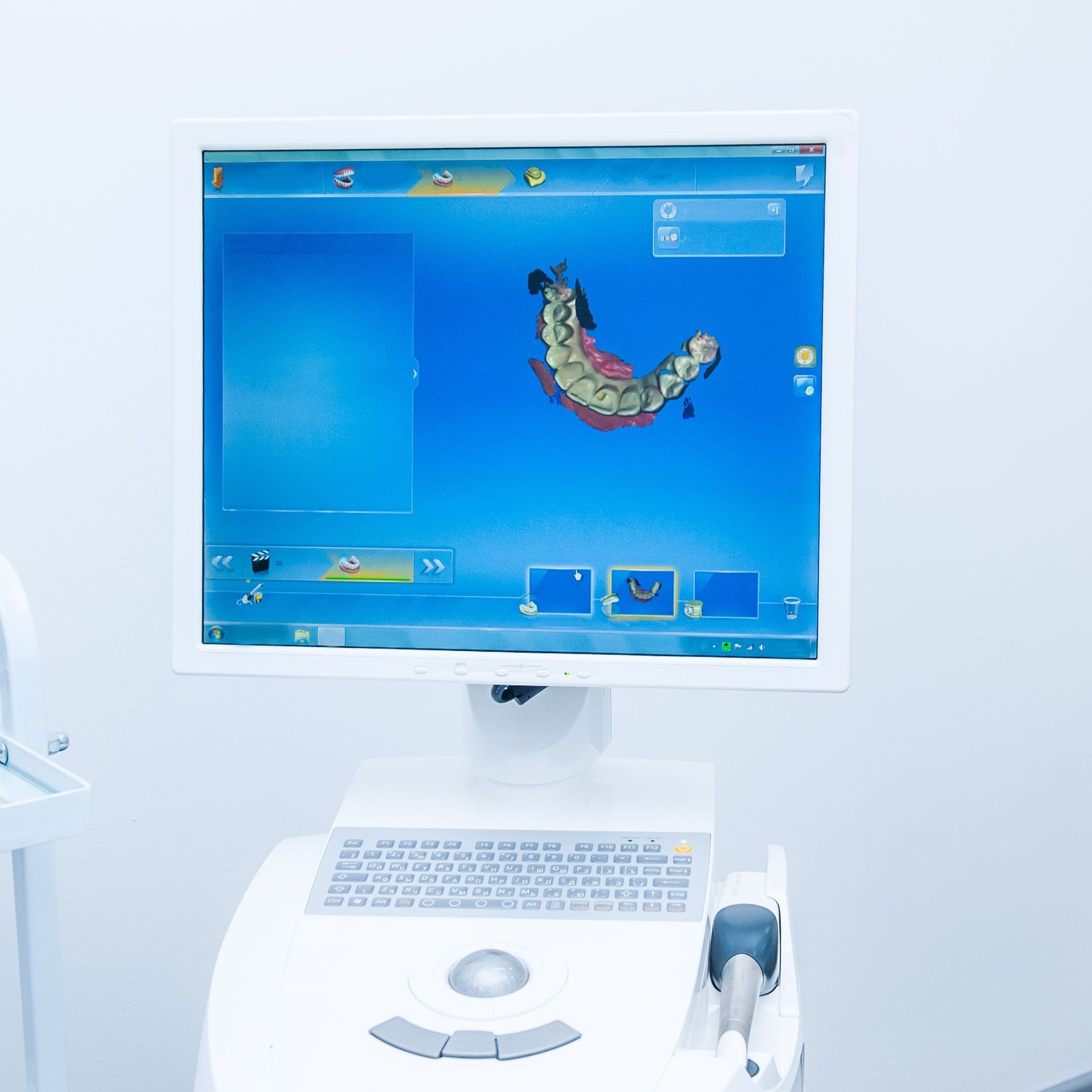
A PERFECT SMILE
Often, when someone decides it’s time to have braces treatment, it is when their teeth have become so crowded and crooked that they can hardly eat. This makes it extremely difficult for the orthodontist to work through the quagmire of problems that need to be fixed to get that perfect smile, or even just get that person smiling again.
An orthodontist is a tooth architect and through consultation with the recipient of the braces determines what treatment is necessary so that the smile will appear warm and natural. There are three factors that determine the result of braces treatment: the orthodontist’s treatment techniques, the recipients’ attitude towards the treatment program and the way the teeth react to the treatment, which is not always predictable.
The orthodontist removes teeth, replaces missing teeth and closes gaps between teeth as well as repositioning the jaws using surgery if necessary. The orthodontist’s aim is to create what is best for you using all available devices and techniques and the plan will be discussed with you first and then put in place. There are certain things that you have to do as well to help to ensure you get as close to that perfect smile as possible. First and foremost, you must follow instructions and that means avoiding food that could damage your braces, cleaning around your braces as best as possible and ensuring your are brushed and flossed twice a day.
Keep up Those Regular Dental Appointments
Keeping up your regular dental appointments with your orthodontist is about as important as anything else as this is when he or she will change the wires and bands if necessary, check the effect of the braces and make any other necessary adjustments to ensure your teeth are moving in the right direction.
There are still some aspects of braces treatment that do not always go as expected, even if the orthodontist and you have done everything right. Your treatment plan might be textbook perfect and you might get 10 out of 10 for the care of your braces, but there are times though when your habits and muscles do not cooperate with the braces. Sometimes, teeth become fused to the bone and are impossible to move. This condition is called ankylosis. If the person is still growing as a teen, for example, erratic jaw growth often takes place that the orthodontist cannot predict. When this happens, braces treatment may be prolonged in order to adapt to these sudden unannounced changes.Sometimes a recipient of braces has already been through a lot of teeth reconstruction already like the placing of crowns and veneers. If these have not been proven to be effective enough to help in the creation of the perfect smile then the orthodontist has only what is or has been done in the mouth to work with. For any advice about your braces or to find out how braces can help your appearance, make an appointment with Gluck Orthodontics today.
photo: Chris Zerbes via Compfight












